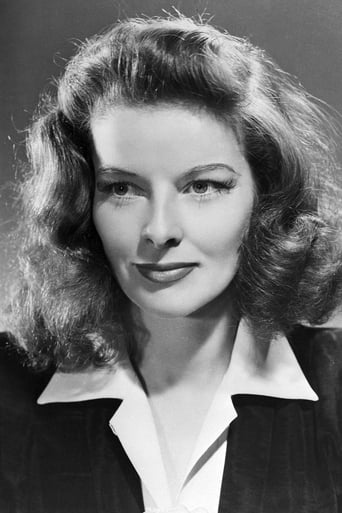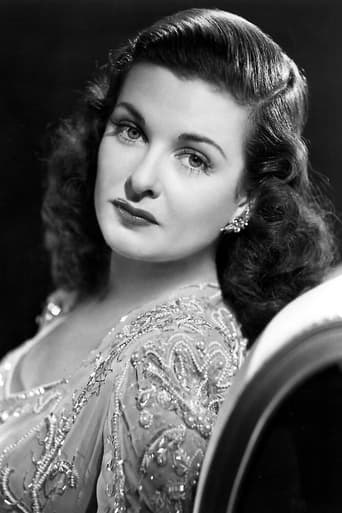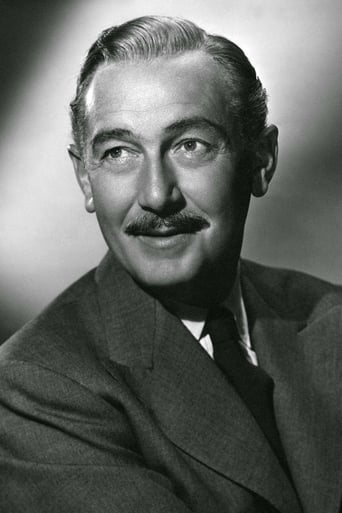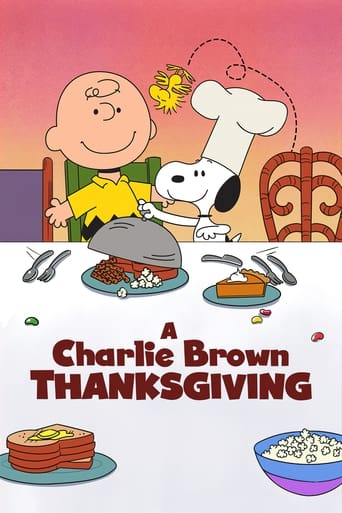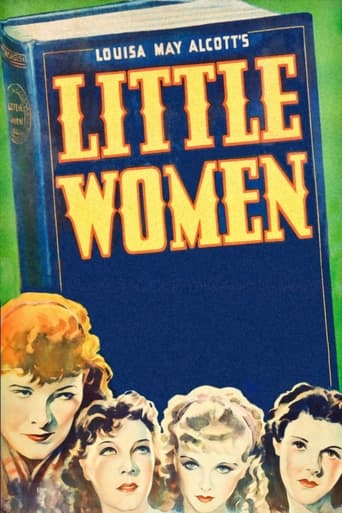
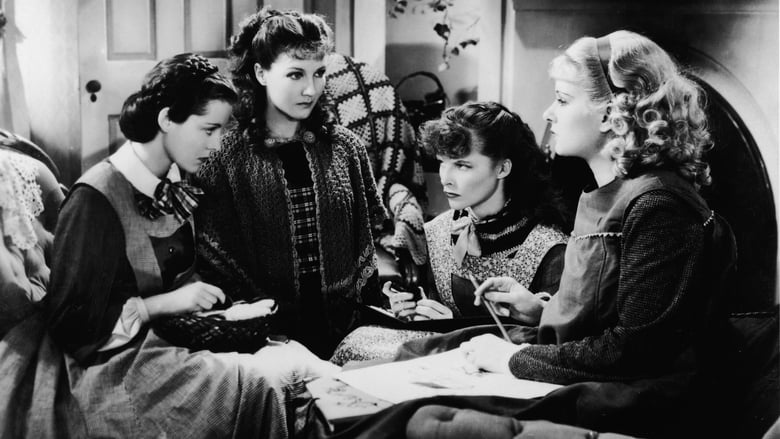
Little Women (1933)
Little Women is a coming-of-age drama tracing the lives of four sisters: Meg, Jo, Beth and Amy. During the American Civil War, the girls father is away serving as a minister to the troops. The family, headed by their beloved Marmee, must struggle to make ends meet, with the help of their kind and wealthy neighbor, Mr. Laurence, and his high spirited grandson Laurie.
Watch Trailer
Cast
Similar titles

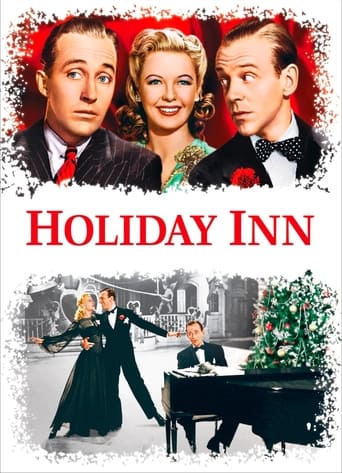
Reviews
Very very predictable, including the post credit scene !!!
Save your money for something good and enjoyable
Boring
Fun premise, good actors, bad writing. This film seemed to have potential at the beginning but it quickly devolves into a trite action film. Ultimately it's very boring.
I'm probably not the target audience for this movie, so take my review with a grain of salt. I've also never read Louis May Alcott's novel, so I can't speak to how good an adaptation this is. But as a stand alone movie, George Cukor's 1933 version of this classic story is just too saccharine to bear.To modern audiences, Katharine Hepburn is obviously the draw, and this was one of two movies released in 1933 -- the other, "Morning Glory," featuring the first of her record four Oscars -- that vaulted her to stardom. It's easy to see why -- her fiery, take no prisoners screen presence immediately places anyone else she happens to be in a scene with under her shadow. But Cukor would have done well to reign her in a bit in this film. Her Jo is a frantic, spastic creation at first, and Hepburn's performance is all over the place when trying to portray her as a young woman on the cusp of adulthood. As Jo matures, Hepburn settles down and her performance becomes more assured. But even without that, the story is just so maudlin and sentimental, and all the characters so goody goody, that I don't think a better lead performance would have made the movie any more enjoyable for me."Little Women" won the Oscar for Best Writing-Adaptation at the 1932-33 Academy Awards, and it also won nominations for Best Picture and Best Director (Cukor). Bit of Oscar trivia: 1932-33 was the last year the Academy split the award year over different calendar years. Beginning with the 1934 awards, the eligibility period would run from January 1 through December 31 as it does now. But in order to correct the schedule, the 1932-33 eligibility period ran from August 1 of 1932 through December 31 of 1933, meaning a whopping 16 months worth of films were eligible, the only time in Oscar history when an eligibility period was longer than 12 months.Grade: B-
Katharine Hepburn's fourth film and first after her Oscar winner Morning Glory is an adaption of the Louisa May Alcott classic Little Women. Kate becomes the quintessential Jo March in this film and CHRISTOPHER COLUMBUS she does a bang up job.I can't see George Cukor doing this with anyone else. In a sense Kate isn't acting, she really is a 20th century version of Jo March. Like Louisa May Alcott and her family, Kate comes from that Puritan New England background and in the 19th century she could have been Jo March. It would not surprise me in the slightest if back in the day Kate's grandparents from either or both sides hobnobbed with the Alcott clan.Little Women is set during the Civil War and it was a time for sacrifice on the battlefield as well as the home front. The March family patriarch Samuel S. Hinds is now engaged in the 'irrepressible conflict' answering to a higher law than the Constitution. That was a day when people put themselves on the line for their country and what they believed in.Spring Byington made her screen debut as the mother of four girls who in real life were not too much younger than the woman they called Marmee in this film. Hepburn, Joan Bennett, Frances Dee, and Jean Parker bring to life the distinct personalities of all the March girls under the careful guidance of George Cukor.Like Louisa May Alcott in life, Jo March loves her dad, not just as her father, but also for what he stands for. Alcott's father Bronson Alcott was a noted abolitionist and so was Louisa May. She leaves no room for doubt that the Union and the abolition of slavery is a righteous cause in Little Women. Alcott was a feminist and a suffragette as well, she wanted to do more for what she believed than provide warm home and hearth for some man who happened to believe as she did. Hepburn as Jo is developing as a human being and she realizes she wants the same thing and she also knows there's more out there than New England and its mores. Small wonder that visiting scholar Paul Lukas is who eventually wins her affections.By the way, one ought to either read the further Alcott novels on these characters and/or see the film Little Men with Kay Francis and Francis Lederer as older versions of these same characters to see how they've developed.Besides Lukas and Hinds the three other prominent male characters are Douglass Montgomery as the dashing young neighbor next door who first sparks Hepburn's attention and later Bennett's, John Davis Lodge who pairs off with Frances Dee and Henry Stephenson, Montgomery's stern father with a broad eye twinkle.And of course we can't forget the ever imperious Edna May Oliver as Aunt March who rules the roost whenever she makes one of her visits to the household. Oliver like Hepburn also had a New England background, she's as New England as Paul Revere and the Boston Red Sox. With an excellent recreation of New England both in look and style George Cukor created an enduring masterpiece in Little Women. And probably even more than Morning Glory, it's the film that young Katharine Hepburn is most identified with.
Little Women (1933), directed by George Cukor story of March family, four beautiful loving sisters and their Marmee, is an early adaptation of Louisa May Alcott's beloved 1860s classic and certainly one of the best. This is the movie that I believe should be universally loved and praised because it is a cinematic triumph. Everything is perfect in it. The clothes, the hairdos, the sets, cinematography, the musical score by Max Steiner and the brilliant script that brings to life the timeless story -together they take you effortlessly to the Marches' world where you feel their true love and caring for one another, and follow their dreams, theirs hopes, and their heartbreaks. This is the film that made me jealous of the girls who have sisters by showing what treasure the sisters' love is. This is the movie which I want to watch with my Mom during the Mother's day and to tell her how much she means to me. This is the movie with very young, very talented, strong willed, independent, and excellent Katharine Hepburn, perfect as Jo March, the character that Alcott could've written with her in mind. Yes, the film is sentimental, so what? Made 75 years ago, it is young, beautiful, heartwarming, and radiates love, kindness, and goodness.
This is one of my first black and white films to watch and I really enjoyed it. Mostly, because I was able to see the queen differences that time has taken on films. Compared to other older films I have seen, the actresses and actors don't seem as "fake" and script written. The four sisters show the true interactions that my sisters and I go through. This film was completed only six years after the first "talkie" was done. And for that, I believe that this films sound came out wonderful. It's a mono with a RCA sound system. For the music, it is blended with the voices of the actors well. There are a few times where there is only a song playing while the film becomes silent. The March sisters have a few screaming spells that seem to almost burst the speakers and become very raspy. But, overall the sound quality was great. The music in the set, such as the piano, and off the set, where cued in very well together. The date of this movie explains a few mishaps during the film. There are a few "flickers" through out the film, the alternation of light and dark caused by the opening and closing of the projector's shutter. Though they are small and almost unseen, they do exist. The frame shift is usually done by fading in and out of each other. The few times that one frame ends by showing a complete black screen, the next frame usually takes a while to show, which makes that frame seem very abrupt. The beginning of the films flashes that credits over a small cottage in the distance with the well done special effects of snow. The motion of the film is normal as you can see the movement of the characters as the camera viewed them during the shooting of the film. Camera movement if used seldom. Each frame is usually shot still, head on, facing the set. Some sets are seen from up to three angles. In the beginning of the film when Jo is trying to sneak out of her retched aunt's house, the camera is obviously rolled backwards away from Jo as she approaches the unseen door that you think is directly behind the camera. The camera does a few scenic swipes but nothing drastic. Since the film is older the camera shots aren't very creative and towards the end they become dull because you are tired of only being able to see the head on shot. In the scene where the two younger sisters are staring into the ball room watching the grown ups dance, I became eager so see what else was around the corner. But, the camera angle never moves and you have to imagine what is around the corner as you seen a couple dance by the open doorway every now and then. The lighting of the film caught me off guard as well. There would be candles lit in the March's house but the tops of all the girls head would be beaming with light. The film was well lit for being a black and white but the beaming light from the girl's heads gave it that "old timely" look. But, I do keep in mind that not every invention and adjustment that we have made in film making up to this point had been discovered during the production of LITTLE WOMEN. I assume that the men acting in this movie were wearing make up to help their features stand out. This is one of the ways in which they better improved the visual of black and white films. At times when the camera would shoot a close-up the characters seem to glow, giving off a halo shimmer around their heads. This film was done by Radio-Keith-Orpheum Corporation, RKO, founded in 1928, making this one of its first films. They did a great job by incorporating sounds from the actor's voices whether they were singing, talking, whispering, or screaming. Also, by having music come from the piano onset at the March's house, cued in my backstage instruments, or singing. The lighting always set the mood. When Jo was crying over her ill sister Beth in the upstairs attic like room, the only light seemed to appear from the moon light coming in through window, which gave a gloomy and sadden scene. Also, when the eldest sister was getting married everyone glow in white and there was no darkness. The morality of the movie reflected the hard times during the war which was over popular in all movies and novels during this time. But, I feel as though LITTLE WOMEN stood out because the plot and ending was not the fairy tales as most others are. It won an Oscar and showed many talented actors, directors, and composers.
